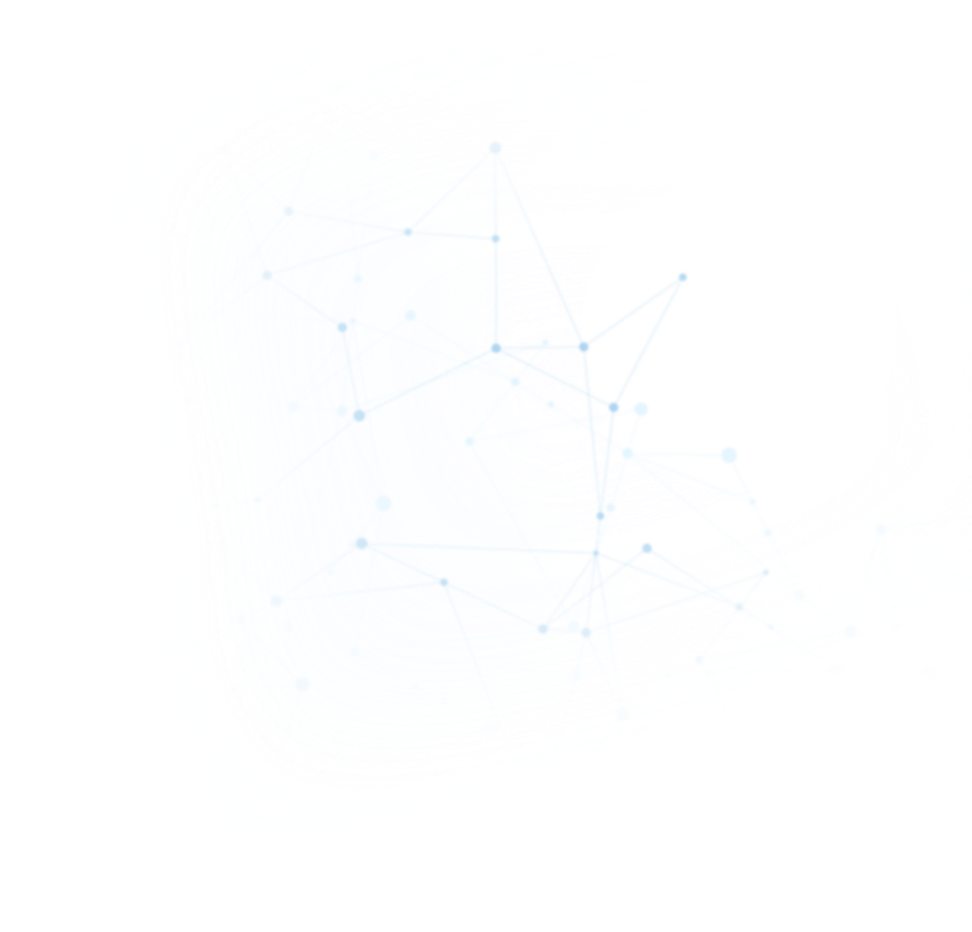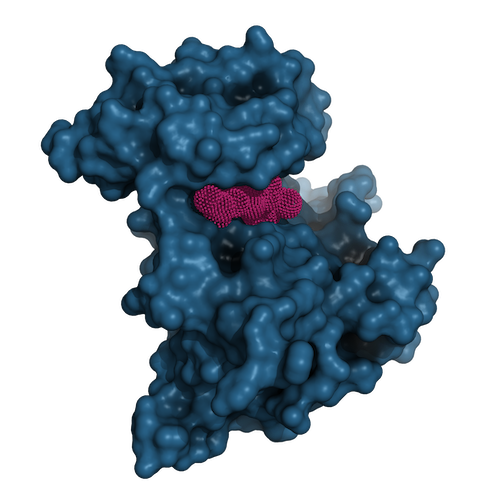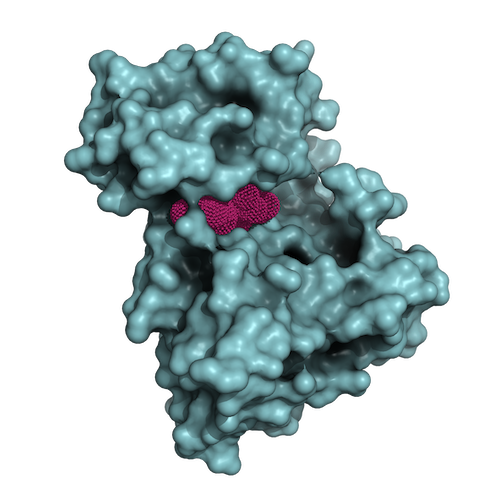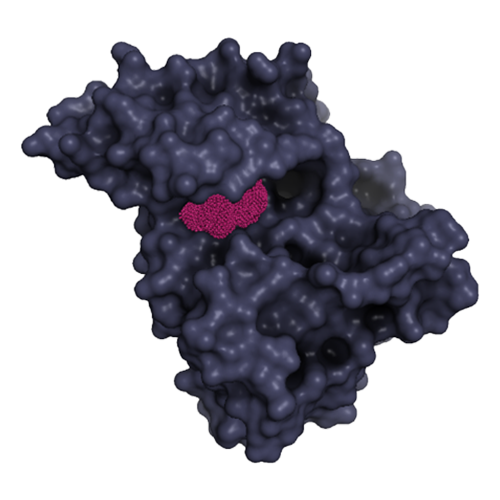Nuvalent Pipeline
Candidate
(NVL-520)


(NVL-520)
ROS1 fusions are an oncogenic driver alteration found in up to 3% of patients with non-small cell lung cancer (NSCLC). The clinical utility of approved therapies for ROS1-driven NSCLC is limited by emergent resistance mutations as well as central nervous system (CNS) disease.
Zidesamtinib (NVL-520)
Zidesamtinib is a novel brain-penetrant ROS1-selective inhibitor created with the aim of addressing the combined medical needs of:
- Treating tumors driven by ROS1 that have developed resistance to currently available ROS1 inhibitors, including tumors with the prevalent G2032R “solvent front” resistance mutation,
- Avoiding inhibition of the structurally-related tropomyosin receptor kinase (TRK) family, and
- Treating brain metastases.
ROS1-selectivity is emphasized to minimize CNS adverse events related to off-target inhibition of TRK and potentially drive durable responses for patients with ROS1-mutant variants. In addition, zidesamtinib has been optimized for brain penetrance to potentially improve treatment options for patients with brain metastases.
The Phase 2 portion of the ARROS-1 Phase 1/2 clinical trial of zidesamtinib for patients with advanced ROS1-positive NSCLC and other solid tumors is now enrolling. To learn more, please visit www.clinicaltrials.gov (NCT05118789).
ALK fusions are an oncogenic driver alteration found in up to 5% of patients with non-small cell lung cancer (NSCLC). The clinical utility of approved therapies for ALK-driven NSCLC is limited by emergent resistance mutations as well as central nervous system (CNS) disease.
NVL-655
NVL-655 is a novel brain-penetrant ALK-selective inhibitor created with the aim of addressing the combined medical needs of:
- Treating tumors driven by ALK that have developed resistance to first-, second-, and third-generation ALK inhibitors, including tumors with both single or compound treatment-emergent ALK mutations such as those involving the G1202R “solvent front” mutation,
- Avoiding inhibition of the structurally-related tropomyosin receptor kinase (TRK) family, and
- Treating brain metastases.
ALK-selectivity is emphasized to minimize CNS adverse events related to off-target inhibition of TRK and potentially drive more durable responses for patients with ALK-mutant variants. In addition, NVL-655 has been optimized for brain penetrance to improve treatment options for patients with brain metastases.
The Phase 2 portion of the ALKOVE-1 Phase 1/2 clinical trial of NVL-655 for patients with advanced ALK-positive NSCLC and other solid tumors is now enrolling. To learn more, please visit www.clinicaltrials.gov (NCT05384626).
Mutations in human epidermal growth factor receptor 2 (“HER2” or “ERBB2”) occur in up to 4% of metastatic non-small cell lung cancer (NSCLC), with in-frame deletions, insertions, or duplications in exon 20 accounting for 90% of cases (collectively “HER2ex20”). Approximately 20% of patients with HER2 mutant NSCLC present with brain metastases, with the percentage increasing upon treatment. There are limited therapeutic options targeting these mutations.
NVL-330
NVL-330 is a novel, brain-penetrant HER2-selective tyrosine kinase inhibitor designed with the aim to address the combined medical needs of:
- Treating tumors driven by HER2ex20,
- Avoiding treatment-limiting adverse events due to off-target inhibition of wild-type EGFR, and
- Treating brain metastases.
HER2-selectivity is emphasized to minimize potentially dose-limiting adverse events associated with inhibition of the structurally related wild-type EGFR kinases such as skin rash and gastrointestinal toxicity. In addition, NVL-330 has been optimized for brain penetrance to potentially improve treatment options for patients with brain metastases.
At Nuvalent we are combining our close partnerships with physician-scientists, rigorous target selection, and disciplined program advancement to explore a robust pipeline of discovery programs with a focus on addressing the limitations of existing therapies for clinically proven kinase targets in oncology.
Our team combines clinical insights with deep expertise in structure-based drug design and oncology drug development to create new programs where we are able to rapidly advance molecules that are designed to precisely target driver kinases and spare off-targets. This molecular optimization and precise targeting, sometimes by avoiding highly similar off-targets, affords therapies designed to improve the lives of patients with cancer.


Our Clinical Trials

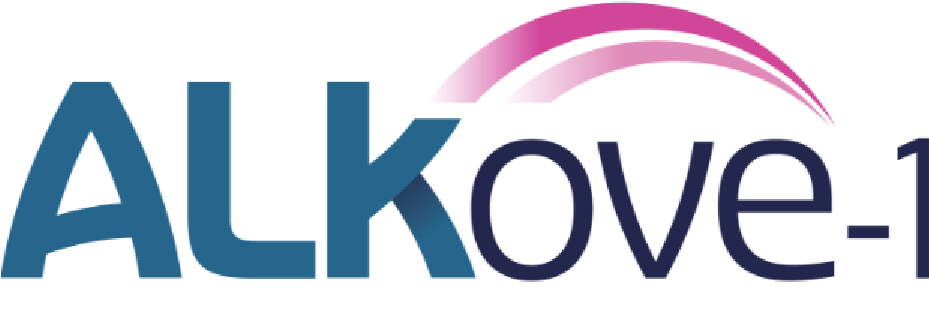
Actively recruiting patients in the global Phase 2 with registrational intent
Talk to your doctor today to find out whether you or a loved one may be eligible to receive zidesamtinib through the ARROS-1 clinical trial. ARROS-1 is open and enrolling.For more information, visit www.clinicaltrials.gov (NCT05118789).
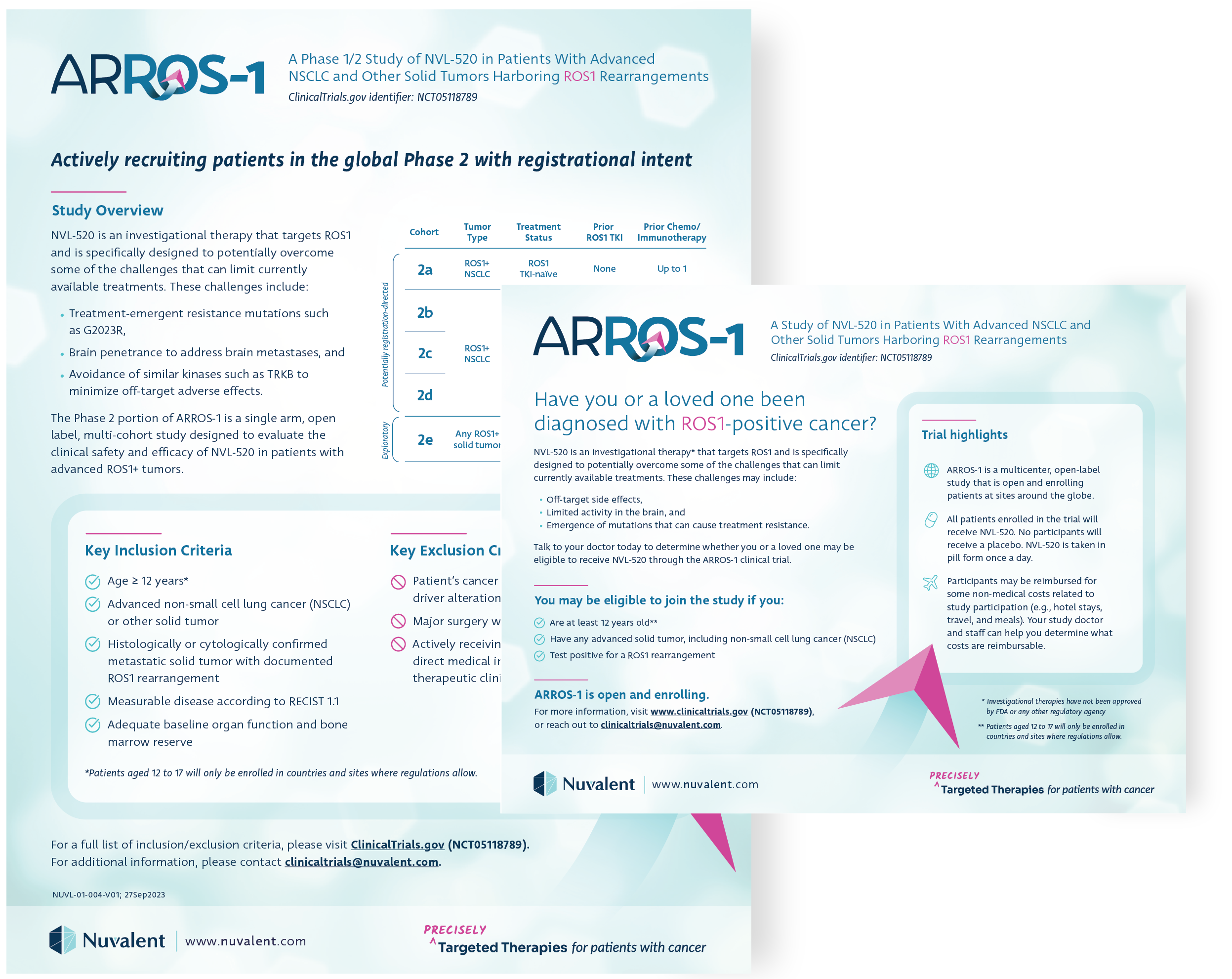
View our Expanded Access Policy
Actively recruiting patients in the global Phase 2 with registrational intent
Talk to your doctor today to find out whether you or a loved one may be eligible to receive NVL-655 through the ALKOVE-1 clinical trial. ALKOVE-1 is open and enrolling.
For more information, visit www.clinicaltrials.gov (NCT05384626).





